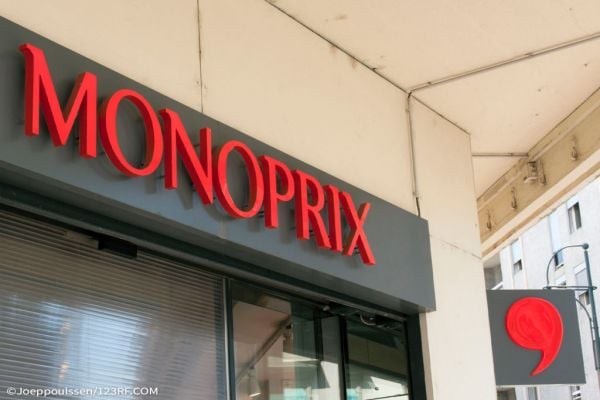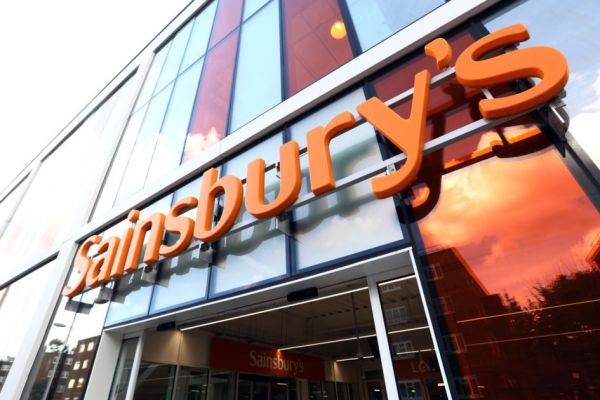U.S. consumer spending increased marginally in September while wages were unchanged, which could cast doubts on consumers' ability to continue driving the economy amid a deepening slump in business investment.
The report from the Commerce Department on Thursday also showed inflation was muted last month.
Interest Rates
The data came a day after the Federal Reserve cut interest rates for the third time this year, but signaled a pause in the easing cycle that started in July when it reduced borrowing costs for the first time since 2008.
Fed Chair Jerome Powell said he expected the economy to continue on a moderate growth path, driven by "solid household spending and supportive financial conditions."
Signs of a slowdown in consumer spending and persistently low inflation could force the U.S. central bank to consider a rate cut early next year, some economists said.
"With wage growth no longer accelerating, and employment growth cooling, growth in consumer spending is expected to moderate as we enter 2020," said Gregory Daco, chief U.S. economist at Oxford Economics in New York. "We believe the Fed will be prompted to reassess and provide one additional rate cut in March 2020."
Consumer Spend
Consumer spending, which accounts for more than two-thirds of U.S. economic activity, rose 0.2% last month as households boosted purchases of automobiles and spent more on healthcare. Data for August was revised up to show consumer spending increasing 0.2% instead of gaining 0.1% as previously reported.
Last month's rise spending was in line with economists' expectations. Consumer spending has slowed since jumping 0.5% in July. The data was included in the gross domestic product report for the third quarter, which was published on Wednesday.
The government reported that growth in consumer spending slowed to a still-healthy 2.9% annualized rate last quarter after surging at a 4.6% pace in the second quarter, the fastest since the fourth quarter of 2017.
That softened some of the blow on the economy from the second straight quarterly contraction in business investment.
The economy grew at a 1.9% rate in the third quarter after expanding at a 2.0% pace in the April-June period.
Last month's cooling in consumer spending was accompanied by a retreat in inflation.
Consumer prices as measured by the personal consumption expenditures (PCE) price index, excluding the volatile food and energy components, were unchanged after gaining 0.1% in August.
That lowered the annual increase in the so-called core PCE price index to 1.7% in September from 1.8% in August. The core PCE index is the Fed's preferred inflation measure. It has undershot the U.S. central bank's 2% target this year.
Wage Growth Stalling
The tame inflation environment was also underscored by a separate report from the Labor Department showing labor costs increased 0.7% in the third quarter after rising 0.6% in the second quarter. That raised the year-on-year rate of gain in the labor costs to 2.8% from 2.7% in the second quarter.
"The data reinforce the views of the Fed that the labor market will not generate significant inflationary pressures any time soon," said Dante DeAntonio, an economist at Moody's Analytics in West Chester, Pennsylvania.
The dollar fell against a basket of currencies, while U.S. Treasury prices rose. Stocks on Wall Street were trading lower amid uncertainty around a potential trade deal between United States and China.
Bloomberg reported on Friday that Chinese officials had doubts about whether it was possible to reach a comprehensive long-term trade deal with the United States and President Donald Trump. The 15-month U.S.-China trade war is a major factor in the downturn in business investment.
There are fears the slump in business investment could spill over to the labor market, whose strength has been the key driver of consumer spending. So far, the labor market remains resilient.
News by Reuters, edited by ESM. Click subscribe to sign up to ESM: European Supermarket Magazine.














